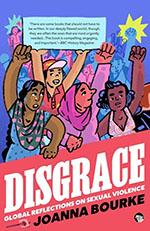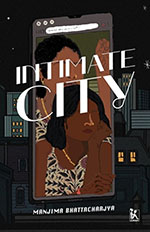Gender Studies
The nine-chaptered book by Joanna Bourke was first published in Britain in 2022. The South Asia edition has a dedicated preface for the Indian Edition. Joanna Bourke considers the year 2022 a pivotal year in the context of sexual violence in India as it marks the release of eleven prisoners convicted for life for the rape of Bilkis Bano. ‘In the 75th year of India’s Independence,
Reviewed by: Sabah Hussain
INTIMATE CITY
2022
2022
Intimate City by Manjima Bhattacharjya is a fascinating exploration of the new and discreet forms of sexual labour in the city of Mumbai (formerly Bombay). The book traces the changing ‘sex work geographies’ in the metropolis by exploring the intersection of gender, sexuality, space, and the internet (p. 4).
Reviewed by: Geeta Thatra


